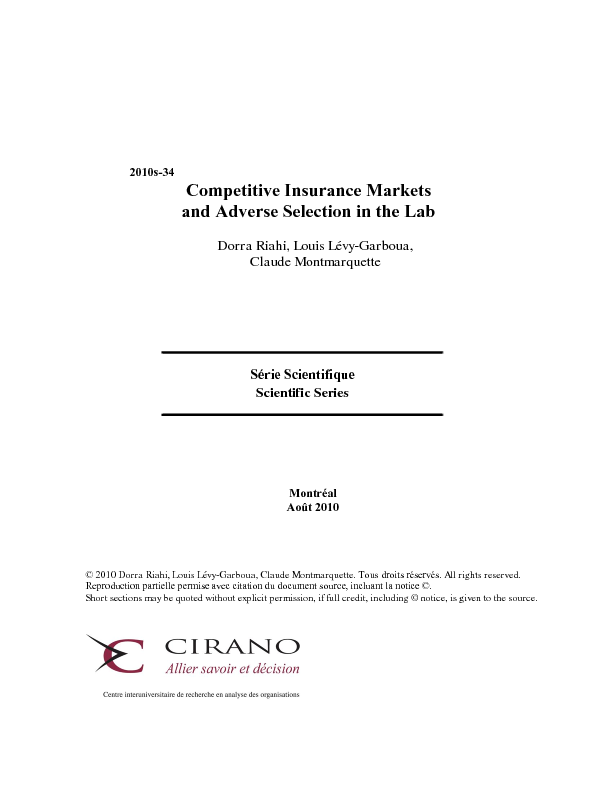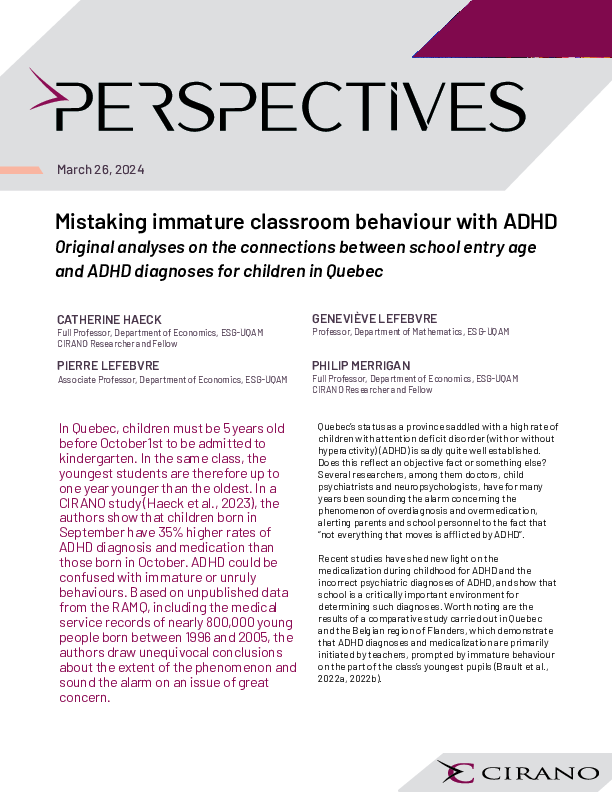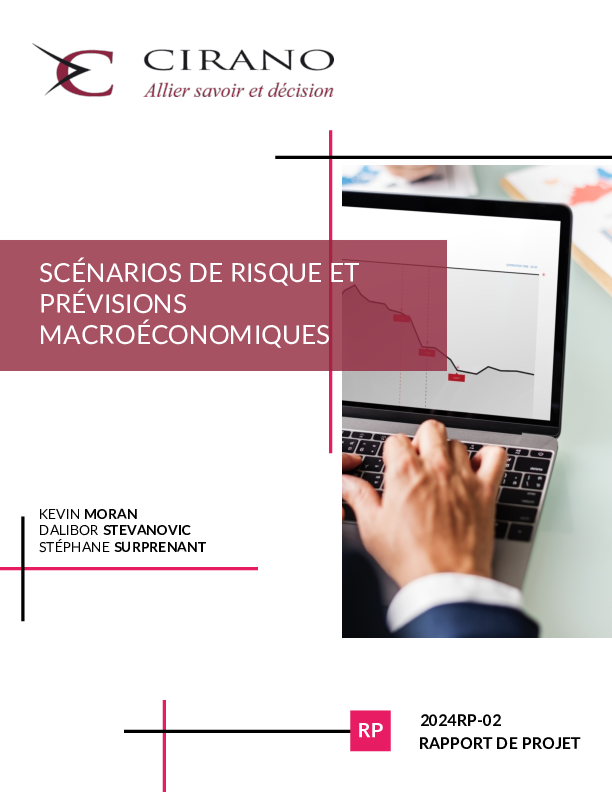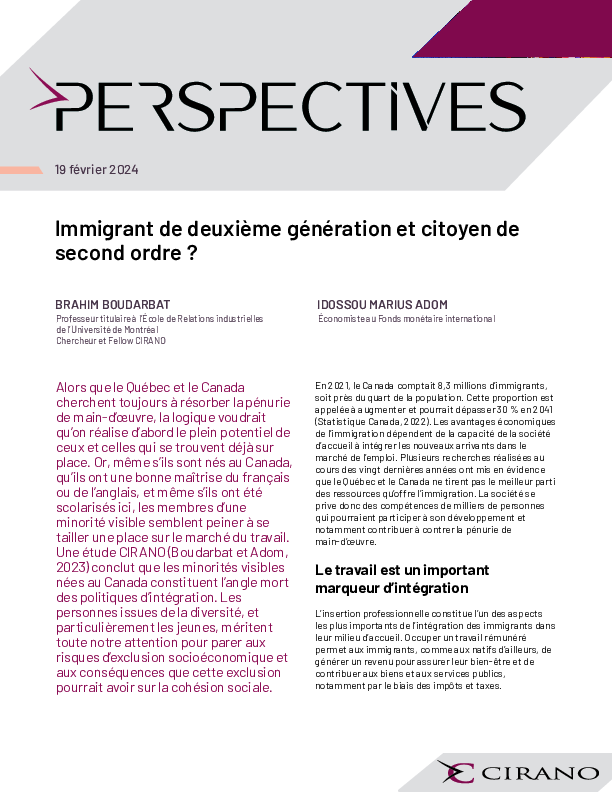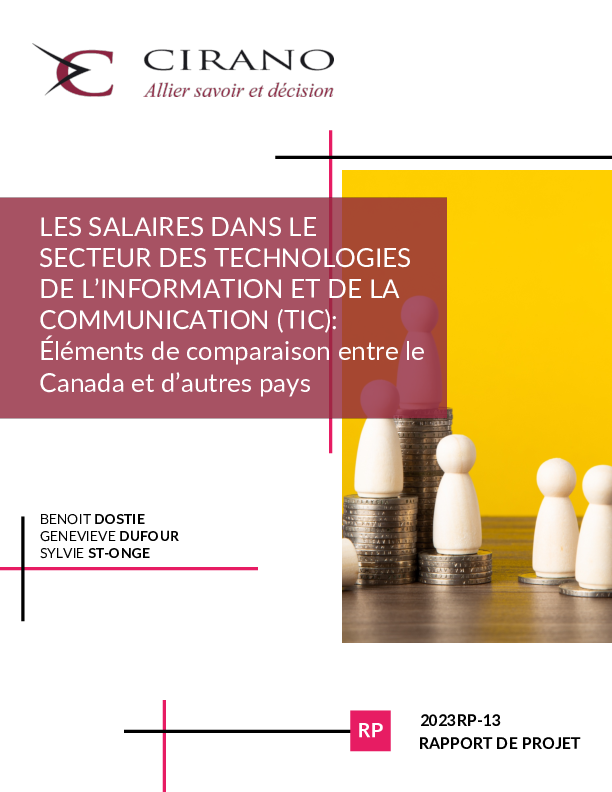Competitive Insurance Markets and Adverse Selection in the Lab
We provide an experimental analysis of competitive insurance markets with adverse selection. Our parameterized version of the lemons' model (Akerlof 1970) in the insurance context predicts total crowding out of low-risks when insurers offer a single full insurance contract. The therapy proposed by Rothschild and Stiglitz (1976) to solve this major inefficiency consists of adding a partial insurance contract so as to obtain a self-selection of risks. We test the theoretical predictions of these two well-known models in two experiments. A clean test is obtained by matching the parameters of the two experiments and by controlling for the risk neutrality of insurers and the common risk aversion of their clients by means of the binary lottery procedure. The results reveal a partial crowding out of low risks in the first experiment. Crowding out is not eliminated in the second experiment and it is not even significantly reduced. Finally, instead of the predicted separating equilibrium, we find pooling equilibria. We interpret these results by observing that, in any period, some high risks do not purchase full insurance at lower than fair price and some low risks purchase insurance at a price higher than their induced willingness to pay. These robust findings are inconsistent with expected utility maximization. The observed distortion of probabilities leads to a partial homogenization of perceived risks.
[ - ]
